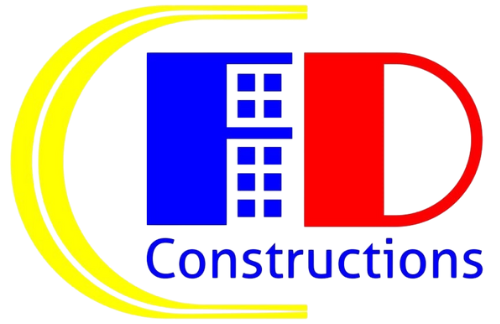

if you cannot find answer to your question our FAQ, you can alwas contact us. web will answer you shortly!
Introduction:
Highlight the growing urgency for sustainable practices in the construction industry due to environmental concerns.
Briefly mention the current challenges and the need for innovative solutions.
State the purpose of the article: to explore the future of sustainable construction innovations.
Section 1: Green Building Materials:
Discuss the development and increased use of sustainable building materials like recycled content materials, bamboo, hempcrete, and mass timber.
Highlight the benefits of these materials in terms of reduced carbon footprint and environmental impact.
Mention ongoing research into new and innovative green material options.
Section 2: Energy-Efficient Design and Technologies:
Explore advancements in passive design principles, smart building technologies, and renewable energy integration (solar, wind) in construction.
Discuss the future of net-zero energy buildings and their role in reducing energy consumption.
Highlight innovations in insulation, windows, and HVAC systems.
Section 3: Waste Reduction and Circular Economy Principles:
Discuss innovative approaches to minimizing construction waste through better planning, off-site manufacturing, and modular construction.
Explain the concept of the circular economy in construction, focusing on material reuse and recycling.
Mention technologies and processes that enable efficient waste management and material recovery.
Section 4: Water Conservation and Management:
Explore innovations in water-efficient fixtures, rainwater harvesting systems, and greywater recycling in construction.
Discuss sustainable landscaping practices that minimize water usage.
Highlight the importance of integrated water management strategies in building design.
Section 5: Smart and Data-Driven Sustainability:
Discuss the role of IoT sensors, AI, and data analytics in monitoring and optimizing building performance for sustainability.
Explain how smart building systems can adjust energy consumption, water usage, and waste management based on real-time data.
Highlight the potential of digital tools for tracking and reporting sustainability metrics.
Section 6: Carbon Capture and Utilization in Construction:
Introduce emerging technologies for capturing carbon emissions from construction processes and using them in building materials.
Discuss research and development in areas like carbon-negative concrete and other innovative carbon utilization methods.
Section 7: Bio-Integrated Construction:
Explore the concept of using living organisms and biological processes in construction, such as self-healing concrete and bio-luminescent materials.
Highlight the potential of these emerging technologies for creating truly sustainable and resilient buildings.
Conclusion:
Summarize the exciting advancements and future potential in sustainable construction innovations.
Emphasize the importance of collaboration, research, and policy changes in driving the adoption of these innovations.
Offer a hopeful outlook on the future of the construction industry as a key player in addressing climate change and creating a more sustainable built environment.

Our post-construction services gives you peace of mind knowing that we are still here for you even after.